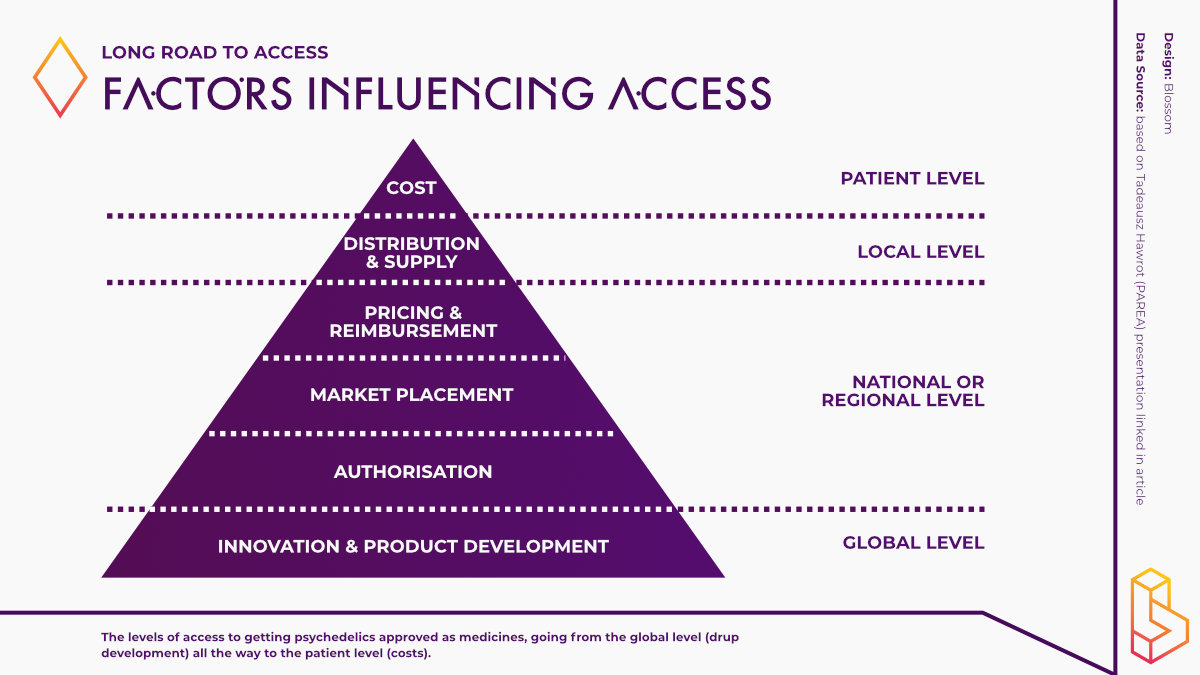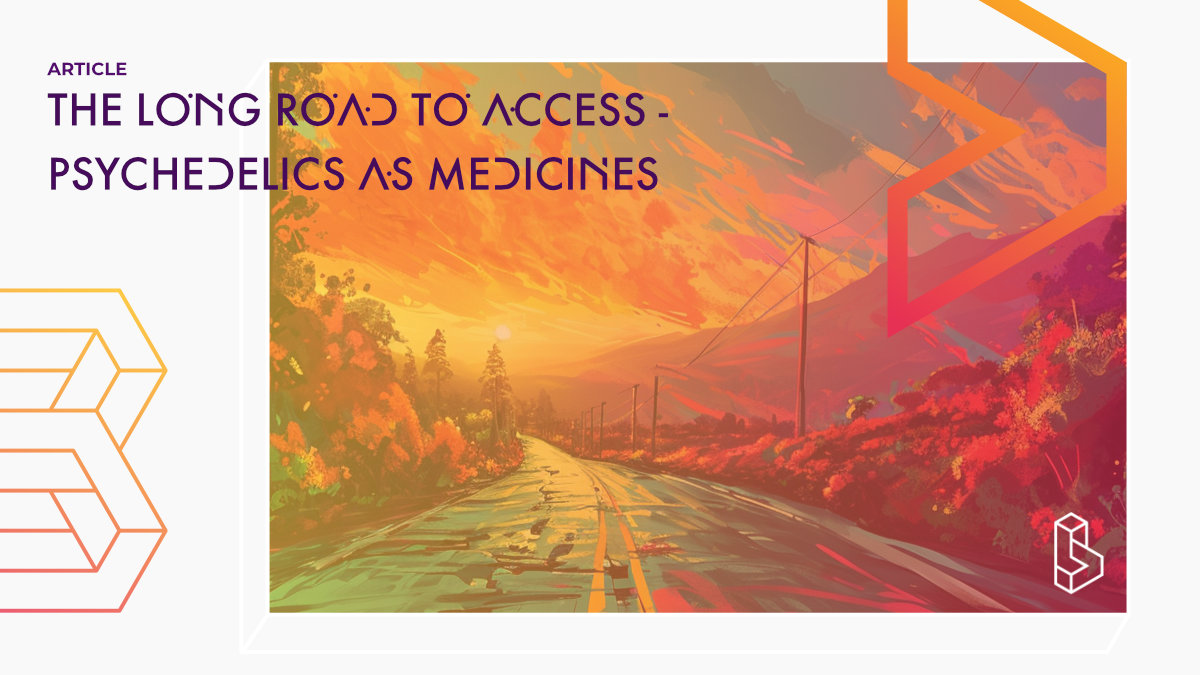Alice walked out of the psychiatrist’s office late in the afternoon, her steps light and her mind unburdened. She paused, allowing the gentle warmth of the sun to embrace her, a soothing contrast to the cool, clinical interior she had just left behind. Today marked her second journey with psilocybin therapy, a path she embarked on to quell the storm of depression that had long raged within her.
The world around her seemed more vivid than before — colours brighter, sounds clearer. It was as if a veil had been lifted, revealing the beauty of a world she had almost forgotten. She thought back to the session, the way the psychedelic had gently guided her through a kaleidoscope of emotions, unravelling the tightly wound threads of her psyche. In that sacred space, she confronted her fears, embraced her pain, and found a sense of peace that had eluded her for years.
Alice knew this was just a step in her journey, a part of a larger process of healing and self-discovery. But as she walked down the bustling city street, her heart buoyant with newfound hope, she couldn’t help but feel a profound sense of gratitude. Gratitude for the groundbreaking therapy that was once a distant dream, now a reality; for the support that had made her healing journey possible; and for the promise of a brighter future, free from the shadows of her past.
This is the envisioned ideal for psychedelic-assisted therapies (PAT), a seamless experience where the focus for participants like Alice is solely on healing. Costs are not a barrier, with insurance covering the lion’s share, and the treatments are as available as any other medical service for those grappling with severe mental health challenges. This scenario hints at a future where a spectrum of psychedelic treatments aligns with diverse patient needs, moving beyond a one-size-fits-all approach to mental healthcare.
Yet, this optimistic portrayal starkly contrasts the current landscape, as envisioned by Tadeusz Hawrot from PAREA. He outlines the intricate maze one must navigate to make such therapies broadly accessible.

At the global level, innovation and product development are the seeds from which psychedelic therapies must grow, requiring robust research and a strong foundation of evidence.
Moving up, authorization presents its own set of hurdles, with regulatory agencies scrutinizing these substances for safety and efficacy. National and regional policies around market placement, pricing, and reimbursement dictate whether these therapies can feasibly reach local communities.
Even when these challenges are surmounted, distribution and supply chains must be established to ensure consistent availability.
Ultimately, cost remains a formidable barrier at the patient level, as therapies that are not affordable or covered by insurance remain out of reach for most.
Our current reality is thus a patchwork of progress and setbacks, a long road that must be traversed before the full therapeutic potential of psychedelics can be realized and integrated into mainstream mental health care.
How Psychedelic Become Medicines
Continue reading our deeper dive into the access pyramid by becoming a paying member.
Advancing Psychedelic Policy in Europe by Tadeusz Hawrot at ALPS Conference 2023
Become a psychedelic insider
Get a Pro Membership to enjoy these benefits & support Blossom📈 full reports on Topics & Compounds
🧵 full summary reviews of research papers
🚀 full access to new articles
See Memberships

